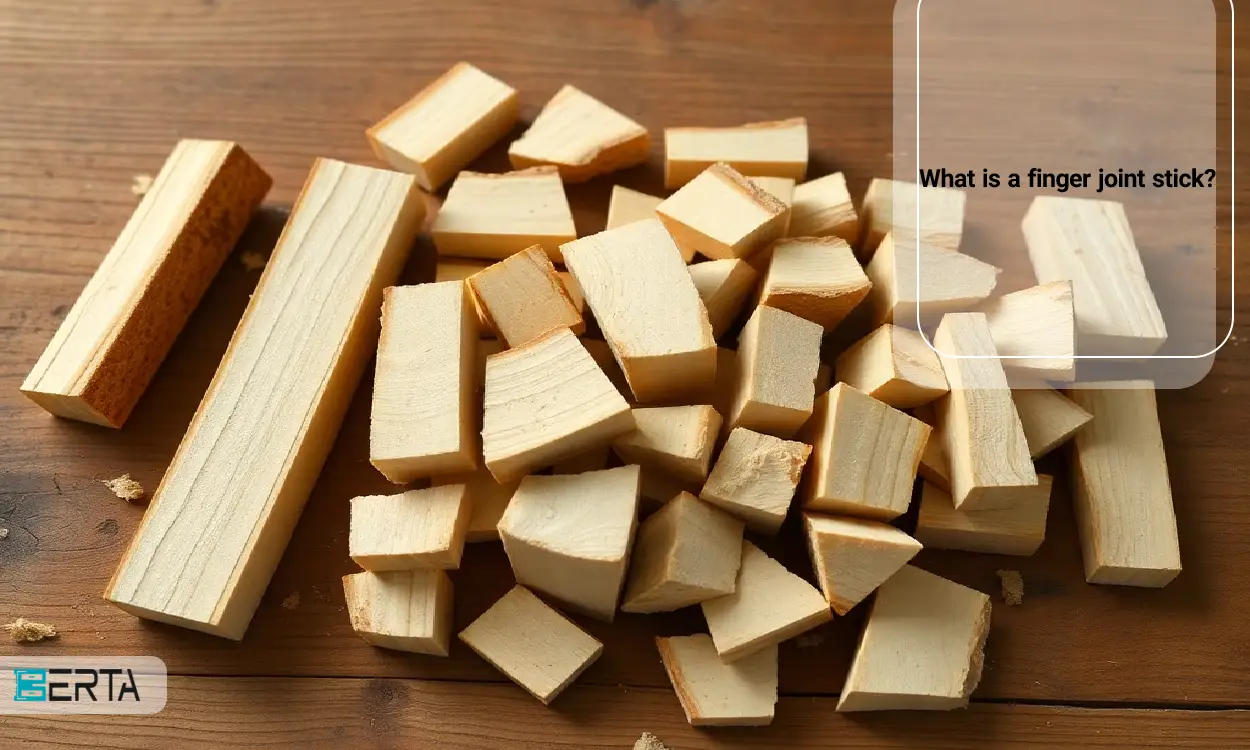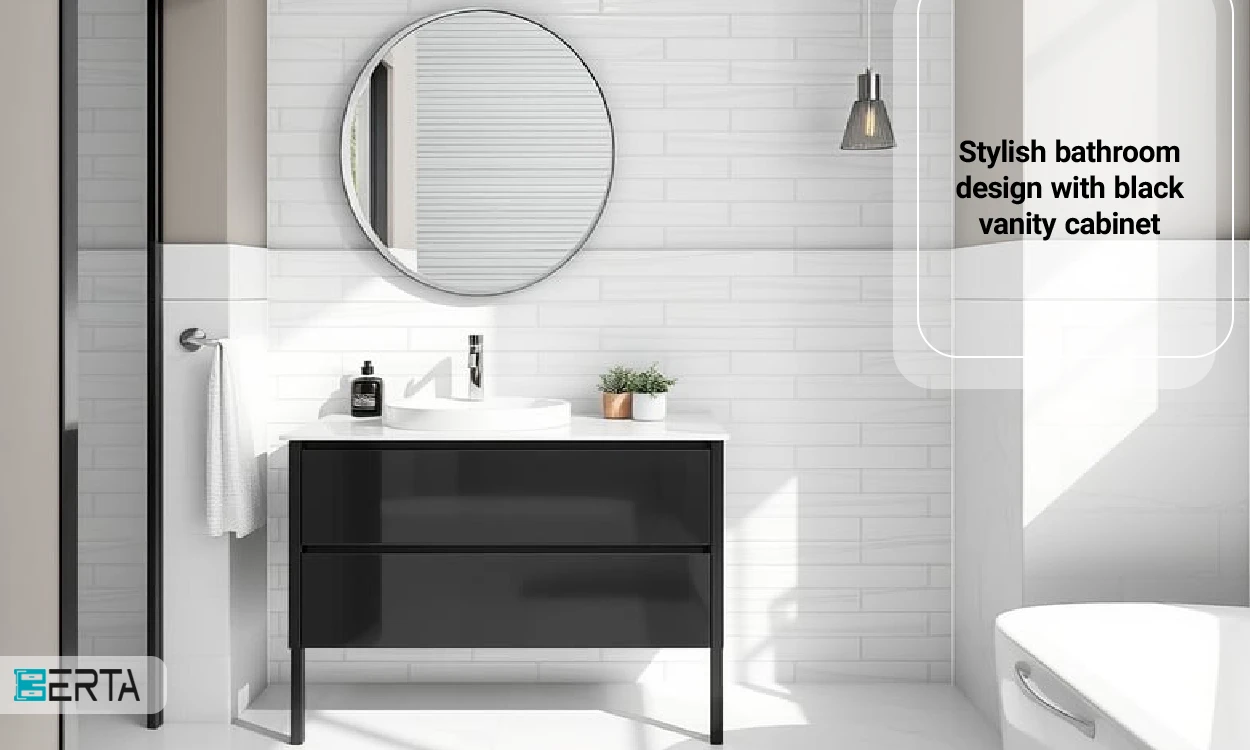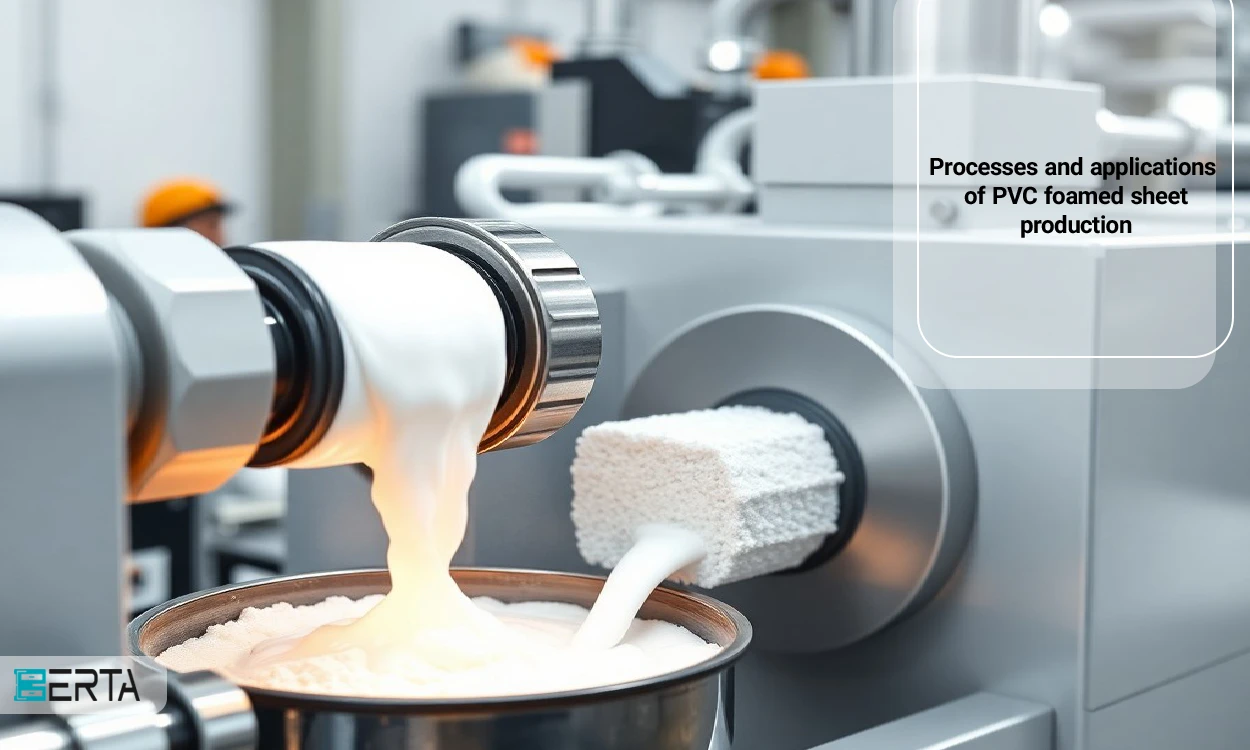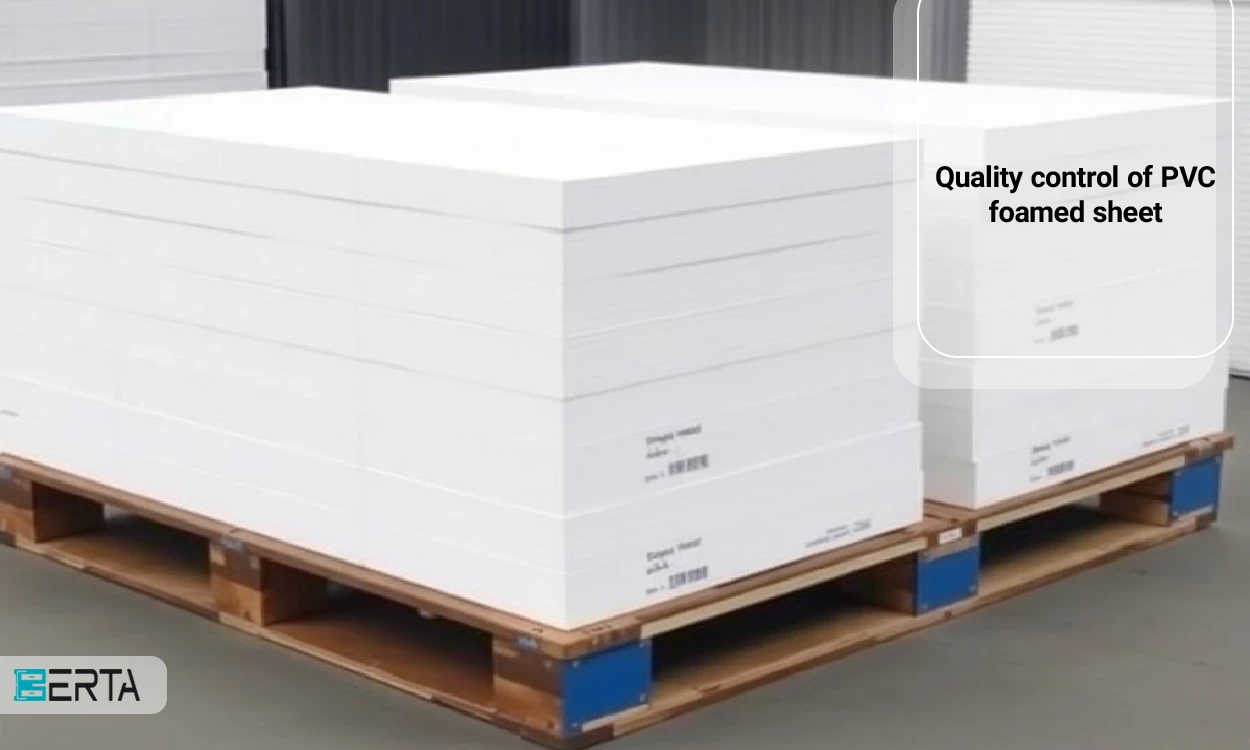Since the past, wood has been known as one of the most important and widely used materials in the construction of various devices and structures. However one of the main challenges in using wood is problems such as bending, and the non-uniformity of the shape of trees in wood, which limits the possibility of producing large wooden panels. In this regard, the finger jointing technique is used as an effective solution to create large and strong wooden panels. This method allows manufacturers to join small pieces of wood together to create quality and durable products. In this article, we examine the concept of the finger joint and its applications in various industries. Considering the importance of this method in the production of wooden artifacts, a better knowledge of the finger joint can lead to a smarter choice in the field of using wood.
What is the wood of the finger joint?
Finger joint wood is usually made up of short, narrow pieces of wood that are joined together. These joints are designed in the form of fingers to create a more contact surface and give more strength and stability to the final structure.

Finger joint wood production process
Fingerwood production is a precise and engineered process that involves several key steps. These steps are designed to ensure the quality, resistance, and beauty of the final wood. Below the steps of making and producing finger sticks are discussed in detail:
1- Selection and preparation of raw wood
First, choosing the right wood is very important. Usually, high-quality, unstained woods such as pine, oak, or other hardwoods are used. These woods must be free of cracks, knots, and other defects to ensure the final quality of the product.
2- Cutting wood
After the wood is selected, it is cut into smaller pieces. These pieces usually have a specific length and width and are cut to a size that is easy to connect. This step involves the use of precision saws and cutting machines.
3- Creation of finger joints
In this step, the end of each piece of wood is cut specially to allow connection to each other. These cuts are designed in the shape of fingers (fingers), which creates more contact surfaces and adds strength to the joints. This work is usually done using special devices that have high accuracy.
4- Paste
After making the finger joints, it is time to glue. At this stage, a special glue is placed between the parts. This glue must have special characteristics so that it can withstand changes in humidity and temperature. The glue is applied evenly on the surface of the joints.
5- Pressure and drying
After gluing, the pieces of wood are pressed to make the joints tight. This pressure is usually done using special presses. After this step, the wood must be dried for a certain period so that the glue hardens completely and the seams are secured.
6- Final processing
After drying, the wood goes to the final processing stage. This stage includes sanding, final cutting, and painting. Sanding makes the surface of the wood smooth and uniform and ready for painting. Also, at this stage, protective coatings may be used to increase the durability and beauty of the wood.
7- Quality control
Finally, the finger joint sticks are subjected to quality control. This control includes checking connections, appearance, and final quality of the product. If there is a defect, the wood is removed from the production line.
Advantages of using finger sticks
Finger joint wood is known as a popular option in various industries due to its special features. The main advantages of using this type of wood are as follows:
- High resistance
- Dimensional stability
- Reducing wood waste
- beauty of appearance
- Ease of processing and working with it
- Suitable for various applications
- High durability and longevity
Applications of finger joint wood
Due to its unique characteristics, finger wood has wide applications in various industries. Below are some of the most important areas where this type of wood is used:
1- Furniture industry
Finger-jointed wood is widely used in the furniture industry. Due to its high resistance and beautiful appearance, this type of wood is suitable for making all kinds of furniture such as tables, chairs, wardrobes, and shelves. Strong connections and dimensional stability of finger wood make furniture made of this type of wood resistant to pressure and daily use.
2- Construction
In the construction industry, finger wood is used as a suitable material for making doors, windows, and wooden frames. This type of wood is a very good option for use in internal and external structures due to its stability and resistance to weather changes. It is also common to use finger wood in the construction of wooden walls and ceilings.
3- Interior decoration
Fingerwood is also used in interior decoration due to its beauty and uniform appearance. This type of wood is used to make decorative elements such as panels, wall shelves, and decorative accessories. This type of wood allows designers to easily work with it and create creative designs.
4- Making wooden items
Finger wood is also used in making all kinds of wooden items such as wooden sink cabinets, toys, household appliances, and sports equipment. This type of wood is a suitable option for producing this type of product due to its high resistance and durability.
5- The shipbuilding industry
In the shipbuilding industry, fingerwood is used as a material resistant to moisture and harsh weather conditions. This type of wood can be used as a raw material for building ships and boats.
6- Making musical instruments
Finger joint wood is also used in making musical instruments such as guitars and pianos due to its sound characteristics and beautiful appearance. This type of wood can help produce a quality and pleasant sound.
Comparison of finger wood with other types of wood
| Feature | Finger joint wood | Other types of wood |
| Resistance and strength | High resistance to pressure and tension | It may be less than a finger joint |
| Dimensional stability | Stable against changes in humidity and temperature | It may contract and expand |
| Reduce waste | Using smaller parts and reducing wood waste | More waste may be produced |
| Appearance beauty | Uniform and beautiful appearance | It may have a non-uniform appearance |
| Ease of processing | Easy to cut, sand and paint | It may be more difficult to process |
| price | Usually higher price | It may have a lower price |
| Limitation in choosing the type of wood | It is usually produced from certain woods | Different types of wood are available |
| The possibility of damage to the adhesive | Adhesives may be damaged under certain conditions | It is less vulnerable than glue |
| Ability to repair | It is more difficult to repair than natural wood | It is usually easier to repair |
Finger joint wood maintenance and care tips
Because of its special characteristics, finger wood needs proper care and maintenance to maintain its quality and durability. Below are tips for maintaining and caring for finger joint wood:
1- Regular cleaning
- Use of soft cloth: Use soft and dry cloths to clean the finger joints. Avoid harsh and abrasive chemicals, as they can damage the surface of the wood.
- Avoiding too much water: Do not use too much water when cleaning, as moisture can damage the wood.
2- Using protective covers
- Oil or wax: Using special wood oils or wax can help maintain the shine and beauty of the wood. These coatings can also protect the wood from moisture and stains.
- Staining: If needed, you can stain the wood of your finger joint. This not only adds to its beauty but also protects the wood from environmental damage.
3- Avoiding impact and high pressure
- Edge protection: Avoid placing heavy or sharp objects on the finger joint. This can result in scratches or damage to the wood surface.
- Using headphones: Use protective headphones under heavy objects to reduce pressure and impact on the wood.
4- Temperature control
- An environment with the right temperature: The finger joint wood should be kept at a balanced temperature. Very high or low temperatures can damage the wood.
- Avoiding direct heat: Avoid placing wood near heat sources such as heaters or fireplaces.
5- Regular inspection
- Regular inspection: Periodically inspect the finger joint for any damage, cracks, or deformation. If you see any problems, take necessary measures for repair or maintenance.
conclusion
Fingerwood has a variety of uses in various industries, and due to its durability and longevity, it is considered a suitable option for use in various projects. However proper maintenance and care of this type of wood is necessary to maintain its quality and durability. The important points mentioned in this article can help to improve life.





17938.jpg)
 Whatsapp
Whatsapp  Telegram
Telegram 





